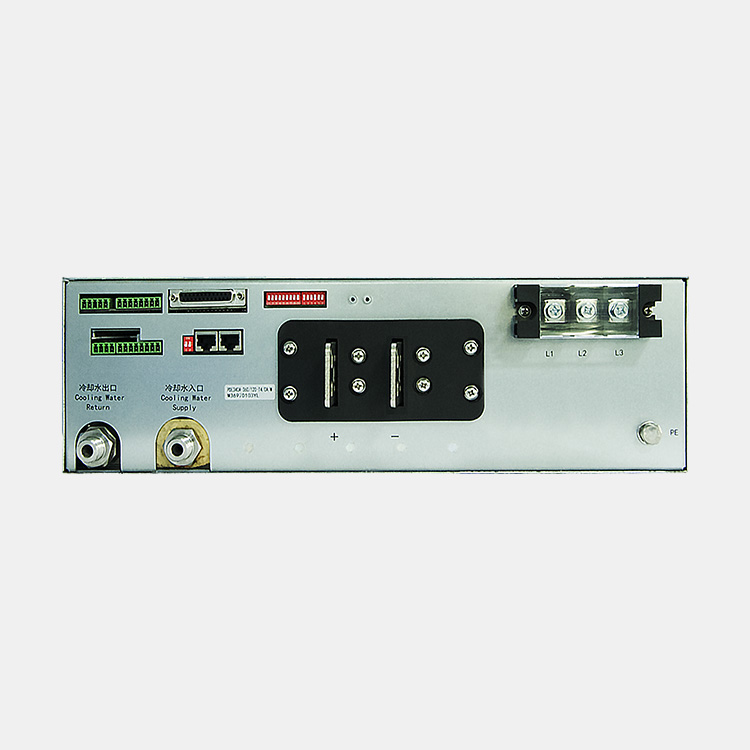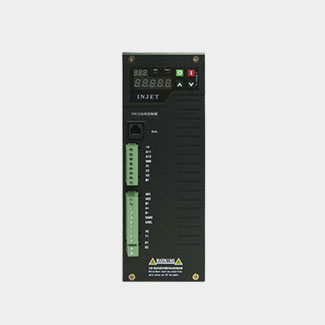A thyristor is a four-layer semiconductor device, consisting of alternating P-type and N-type materials (PNPN). A thyristor usually has three electrodes: an anode, a cathode and a gate, also known as a control electrode.
The most common type of thyristor is the silicon-controlled rectifier (SCR). When the cathode is negatively charged relative to the anode, no current flows until a pulse is applied to the gate. Then, the SCR conducts current until the voltage between the cathode and anode is reversed or reduced below a certain threshold or holding value. Using this type of thyristor, large amounts of power can be switched or controlled using a small triggering current or voltage. Furnace Temperature Controller

Devices using alternating current can be turned on and off by sending a signal to the control gate. This device is called a gate turn-off, or GTO, thyristor. Previously, thyristors needed the current to be reversed to turn off, making them difficult to use with direct current systems.
Thyristors are useful in switching applications because they can be fully on or off. This two-state capability differs from transistors, which operate in between on and off states, waiting for a signal to conduct current.
Thyristors operate in one of the following three states, depending on the requirements:
Thyristors support high voltages and possess a simplified approach to switching on and off states. As a result, they are used for the following applications:
A thyristor also can function as a circuit breaker in device power circuits. They prevent power supply disruptions by connecting a Zener diode at the thyristor gate. When power supply voltage levels exceed the Zener voltage, the thyristor turns off the power supply output to the ground and activates circuit breakers or fuses upstream from the power supply. This is called a crowbar effect and protects devices being served by the power supply from damage.
Transistors need an electrical pulse to signal the device to conduct current. Their primary mode is a waiting state in between on and off. Transistors also need their base signal to be continuously refreshed to conduct current.
By contrast, thyristors can be fully off or fully on. Once a signal enters the thyristor gate and activates the device, it remains open until a current reverse occurs or the voltage drops below a specific level.
Learn more about the state of the U.S. semiconductor market.
Adversarial machine learning is a technique used in machine learning to fool or misguide a model with malicious input.
Data center interconnect (DCI) technology links two or more data centers together to share resources.
Routing Information Protocol (RIP) is a distance vector protocol that uses hop count as its primary metric.
Network availability is the amount of uptime in a network system over a specific time interval.
GPS jamming is the act of using a frequency transmitting device to block or interfere with radio communications.
A checksum is a value that represents the number of bits in a transmission message and is used by IT professionals to detect ...
Security information and event management (SIEM) is an approach to security management that combines security information ...
FMEA (failure mode and effects analysis) is a step-by-step approach for collecting knowledge about possible points of failure in ...
A proof of concept (POC) is an exercise in which work is focused on determining whether an idea can be turned into a reality.
Green IT (green information technology) is the practice of creating and using environmentally sustainable computing.
Employee self-service (ESS) is a widely used human resources technology that enables employees to perform many job-related ...
A learning experience platform (LXP) is an AI-driven peer learning experience platform delivered using software as a service (...
Talent acquisition is the strategic process employers use to analyze their long-term talent needs in the context of business ...
The law of diminishing returns is an economic principle stating that as investment in a particular area increases, the rate of ...
Customer engagement is the means by which a company creates a relationship with its customer base to foster brand loyalty and ...
Direct email marketing is a format for email-based campaigns in which standalone advertisements are sent to a targeted list of ...

On/Off Grid Controller All Rights Reserved, Copyright 1999 - 2022, TechTarget Privacy Policy Cookie Preferences Do Not Sell or Share My Personal Information